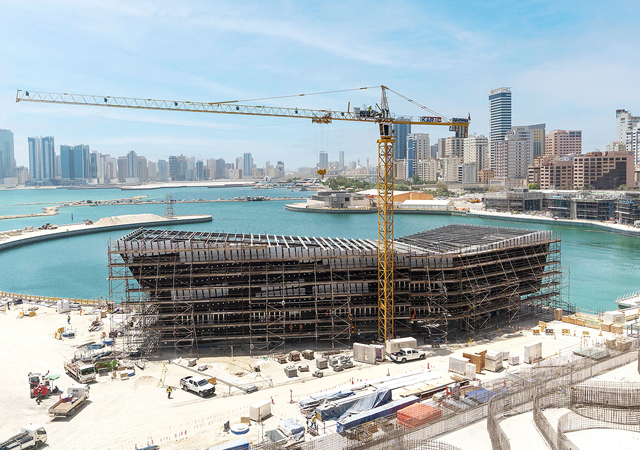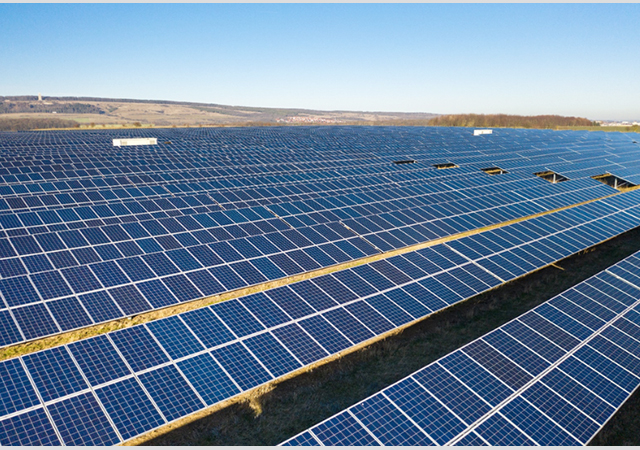
 Mini-piles ... key role in structural repairs.
Mini-piles ... key role in structural repairs.
Mini-piles are being successfully used to support several structures affected by settlement in Riyadh and other areas in Saudi Arabia, according to latest technical case studies presented by Bullivant Arabia, a local specialist in structural and geo-technical engineering.
The technical reports by Bullivant Arabia formed part of a lecture highlighting various foundation engineering techniques which the contractor had used to successful repair structures affected by settlement throughout the kingdom.
The presentation was organised by Bullivant Arabia in association with The Institute of Civil Engineers, a local Saudi association. Held at the Holiday Inn in Riyadh last month, the event attracted over 170 construction industry professionals, according to T Hamdan, Bullivant's executive manager.
'The lecture was very well received,' says Hamdan, who was a speaker at the event. 'We presented a total of 15 technical data sheets, supported by detailed drawings and photographs of work that was actually undertaken. The studies focused on mini-piles in existing and new structures, floor slab stabilisation, pile tests, structural lifting, cavity probing and stage grouting, crack monitoring, structural appraisal and concrete repair.'
Isolated footings
One of the reports focused on how mini-piles can be used to stabilise isolated footings affected by excessive settlement or to accommodate additional loadings on the footings. Hamdan explains: 'Stabilisation of an existing isolated footing can be achieved by the construction of a group of mini-piles through the existing footing, and the concentrated load on the footing will be then distributed to the group of the constructed mini-piles.
'Loading capacities are based upon the bearing capacities of the underlying strata and the size of the mini-piles. The piles are designed based on the soil conditions at each site, either as end-bearing or friction piles.
'The mini-piles can range from 100 to 225 mm in diameter, offering safe working loads of up 500 kN. The general guidelines for mini-pile safe working loads are: up to 70 kN for 100 mm piles, 70 to 120 kN for 130-mm piles, 120 to 200 kN for 150 mm piles, 200 to 300 kN for 175 mm piles and 300 to 500 kN for 225 mm piles. The higher capacities are for end-bearing piles.
'Under the installation procedure, the mini-piles are either driven, drilled or augured, cased or encased. Typically, a minimum of three piles are required for each footing.
''The advantages of this technique are several. No excavation work is required, the foundation's capacities are upgraded with minimum disruption and the disruption to floor finishes is minimal. This is a fast operation when compared with all other available methods and it is also a cost-effective one.
'We have used this technique on several projects in Riyadh. These include a PTT (Post, Telegraphs and Telecommunications) post office in Dhabab street, the Euromarche extension, a residential building for the Saudi American Bank, the Panda Supermarket Extension, a PTT building on Siteen Street, and over 50 residential villas. It has also been used on the Riyad Bank in Buraidah and a MoDa (Ministry of Defence and Aviation) military camp in Sulayyil.''
Grade beams
Another data sheet focused on cantilever beams and piles. 'This highlighted grade beam stabilisation for framed structures with independent isolated footings and grade beams, where the beams are not designed to span between the columns,' says Hamdan.
He continues: 'An existing grade beam can stabilised by installing mini-piles in pairs Ð one as a tension pile, and the other as a compression pile Ð connected by a new reinforced concrete cantilever beam constructed underneath the grade beam.
''The loading capacities are based upon the bearing capacities of the underlying strata and the size of the mini-piles, which are designed based on the soil conditions at each site, either as end-bearing or friction piles. The cantilever beam is designed according to the load exerted on it.
''For this technique, piles in diameters of 130 to 175 mm are used, offering loads of up to 300 kN. The general guidelines for safe working loads are: 70 to 120 kN for 130 mm piles, 120 to 200 kN for 150 mm piles and 200 to 300 KN for 175 mm piles, with the higher capacities used for end-bearing piles.
''The mini-piles can be constructed either driven, drilled or augured, cased or encased and the cantilever beams are constructed under the grade beam to connect the mini-piles. This technique has its advantages. As the cantilever beam can be constructed on one side of the grade beam, the system is suitable for external grade beams, eliminating the need to enter the structure. The disruption to floor finishes is minimal, it is a fast operation compared to other available methods and is also cost-effective.'
Bullivant Arabia, he says, has used this technique on several projects in Riyadh, including residential villas, The Panda supermarket, a Sama (Saudi Arabian Monetary Agency) housing complex, Sreco villas, and a military building.










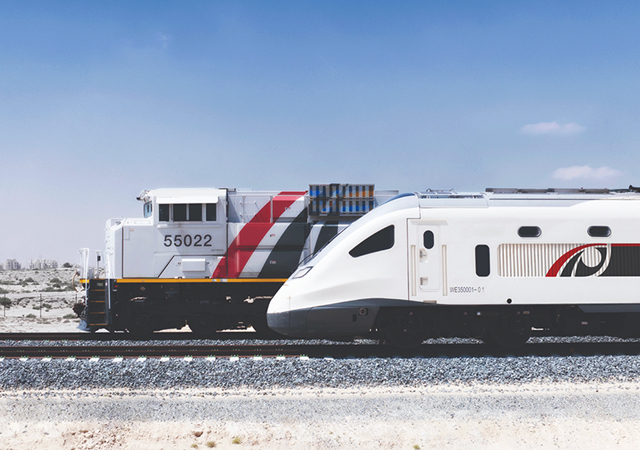
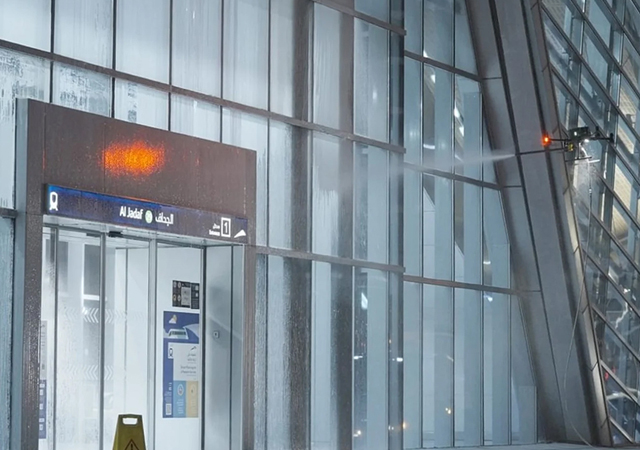
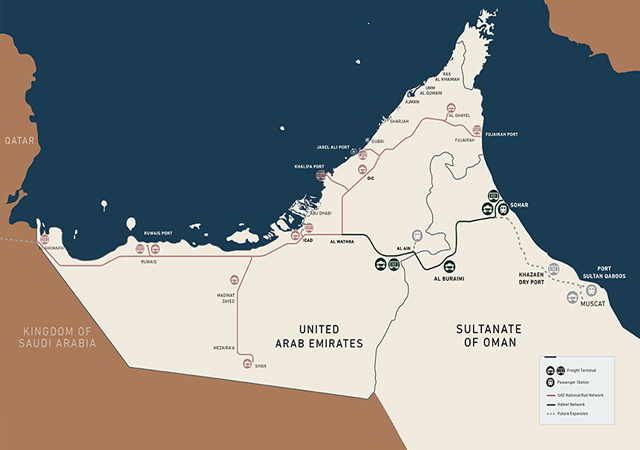
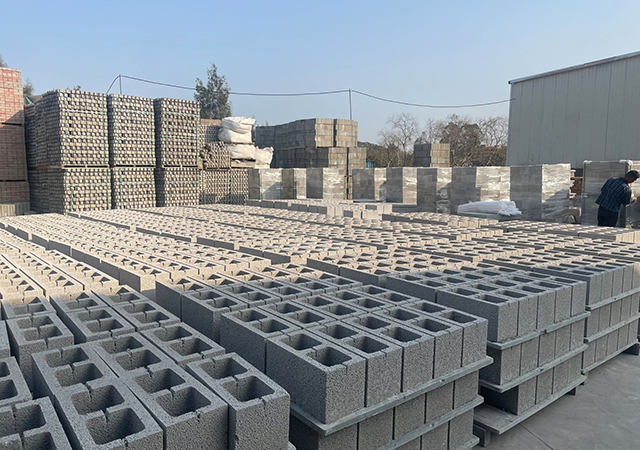


.jpg)
.jpg)
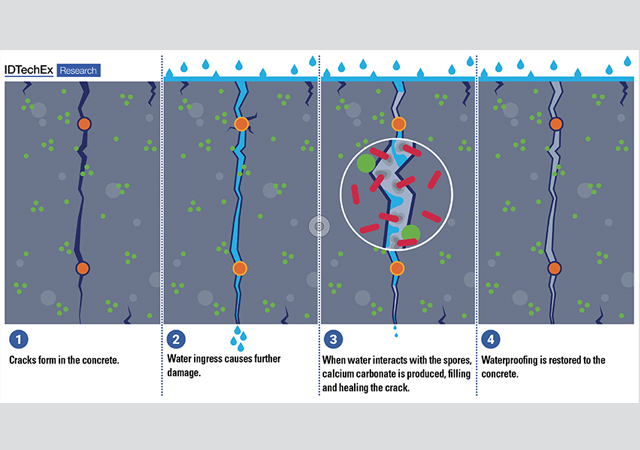
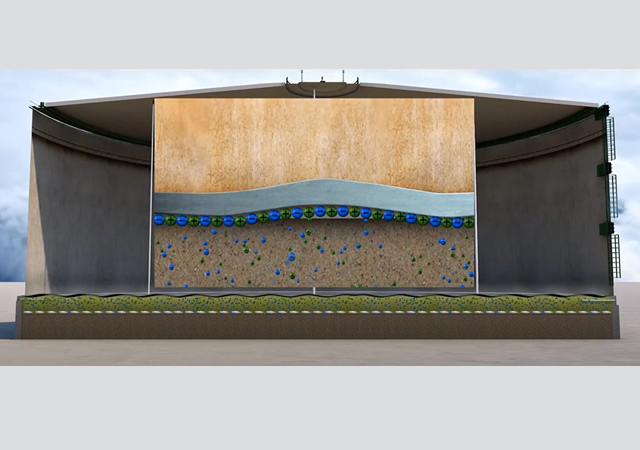
.jpg)
.jpg)
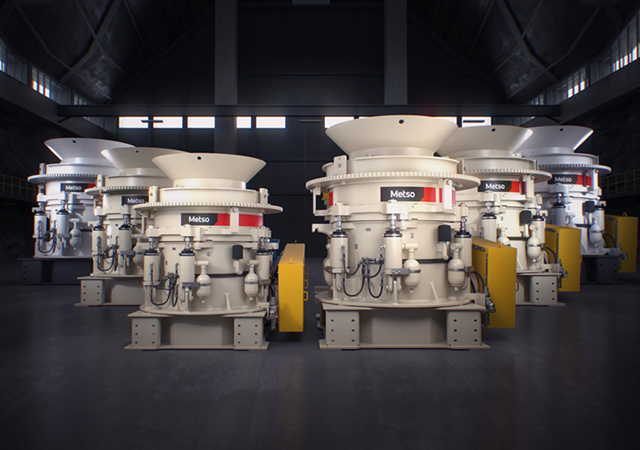
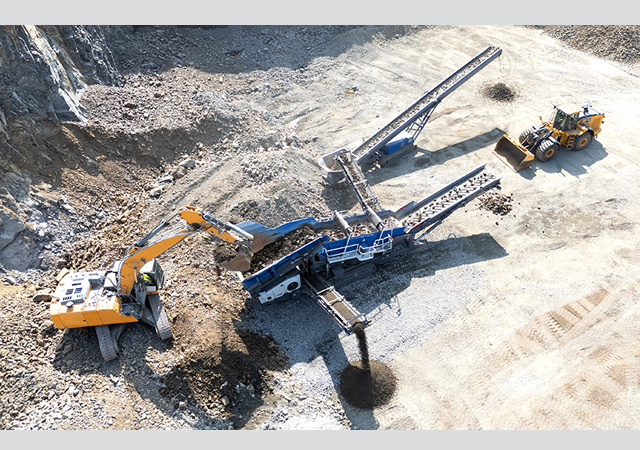
.jpg)
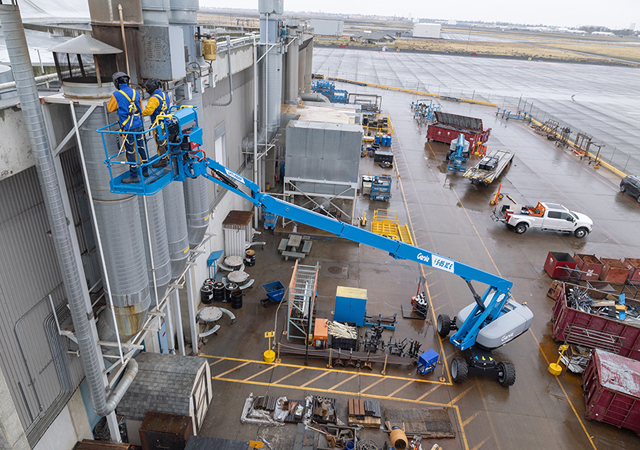



 Doka.jpg)



